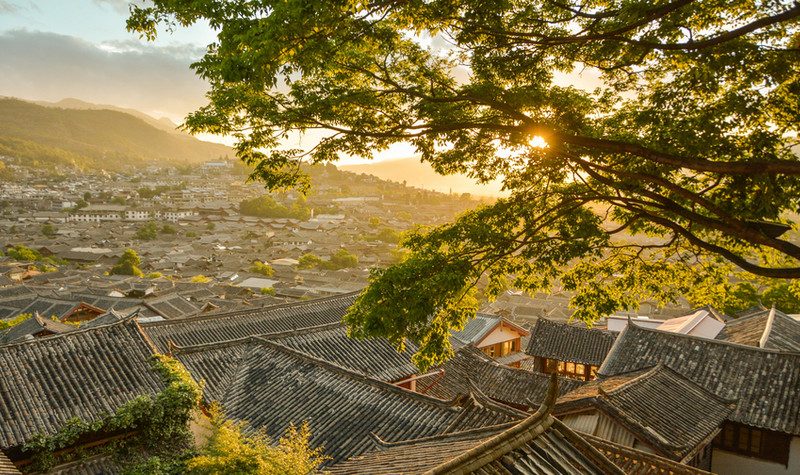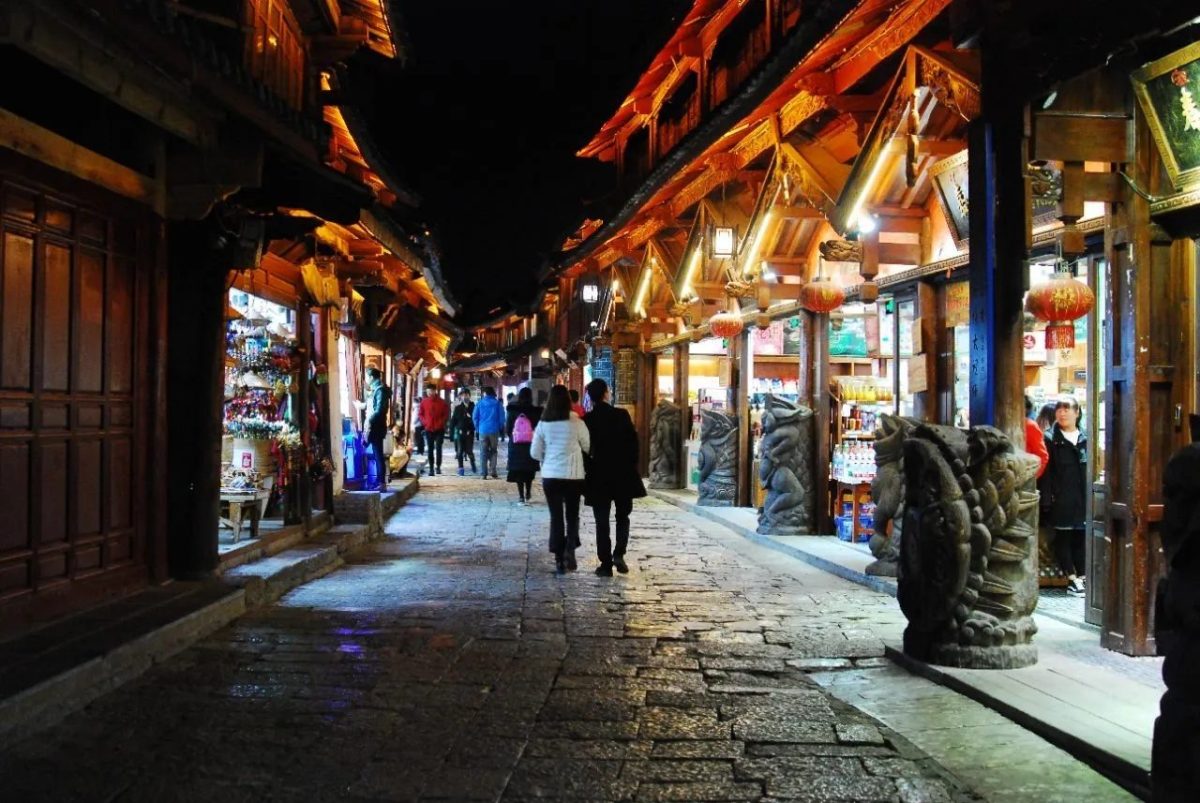Lijiang Old Town, located in the Ancient District of Lijiang City, Yunnan Province, China, is an ancient city full of historical flavor and cultural heritage, and is regarded as one of the Four Great Ancient Cities of China. It is unique in that Lijiang Old Town is the only Chinese ancient city whose entire city has been inscribed on the World Heritage List and is a dream travel destination for many travelers.

Lijiang Old Town is located in the middle of the Lijiang Dam, in the embrace of the Yunnan-Guizhou Plateau, surrounded by rolling mountains and gurgling blue water. The history of the ancient city can be traced back to the end of the Song Dynasty and the beginning of the Yuan Dynasty, and has a long history of more than 800 years. At that time, the ancestors of the Mu Clan of Lijiang moved their ruling center from the ancient town of Baisha to the Lion Mountain, and began to build houses and cities, which were initially known as “Daba”. During the Ming Dynasty, with the establishment and consolidation of the Tusi system, the ancient city of Lijiang ushered in the first golden age of its history. During the Qing Dynasty, the increase in agricultural productivity and the development of handicrafts made Lijiang Old Town gradually become a commercial center. In the Republican period, the Old Town was even more prosperous, with stores lined up.
The layout of Lijiang Old Town did not follow the traditional rules of building a city in the Central Plains, but spontaneously formed the direction of sitting in the northwest and facing the southeast. There is no organized network of roads and walls in the city, showing a free and spontaneous urban style. The architectural style of the ancient city combines the characteristics of Han, Tibetan, Bai, Naxi and other nationalities, forming a unique “three workshops and a wall” and “four and five patios” layout. These ancient buildings not only show the architectural wisdom of the Naxi people, but also incorporate the architectural essence of other ethnic groups, making Lijiang Old Town unique in architectural art.

Lijiang Old Town is rich in attractions, among which Wangu Lou, Mufu, Wufeng Lou, Black Dragon Pool, Wenchang Palace, Fang Guoyu’s former residence, Puji Temple, Sifang Street, Kegong Square, Xueshan Academy and so on are particularly famous. As the landmark of Lijiang, Wangu Lou stands at the highest point of Lion Mountain, from which you can overlook the entire ancient city, as well as the surrounding idyllic scenery and the majestic Jade Dragon Snow Mountain. The Mufu is the largest ancient architectural complex in the ancient city, which was once the residence of Lijiang’s Mu Clan Tusi, and it embodies both the style of the Ming Dynasty’s Central Plains architecture and retains the ancient style of the Tang and Song Dynasty’s Central Plains architecture.

Into the ancient city, as if through the time and space tunnel. The smooth green stone road under the feet winds and twists, telling the vicissitudes of time. Inside the ancient city, small bridges and willows, the clear water of the Yu River passes through the city, nourishing the flowers and trees on both sides of the river. A stone arch bridge crosses the river, connecting the streets and alleys on both sides of the river, as if connecting the past and present. When night falls, the bar street in the ancient city is brilliantly lit and lively, making it a perfect place for tourists to relax and enjoy the nightlife.
Here’s a Lijiang travel guide to help you easily plan an unforgettable trip to Lijiang!
